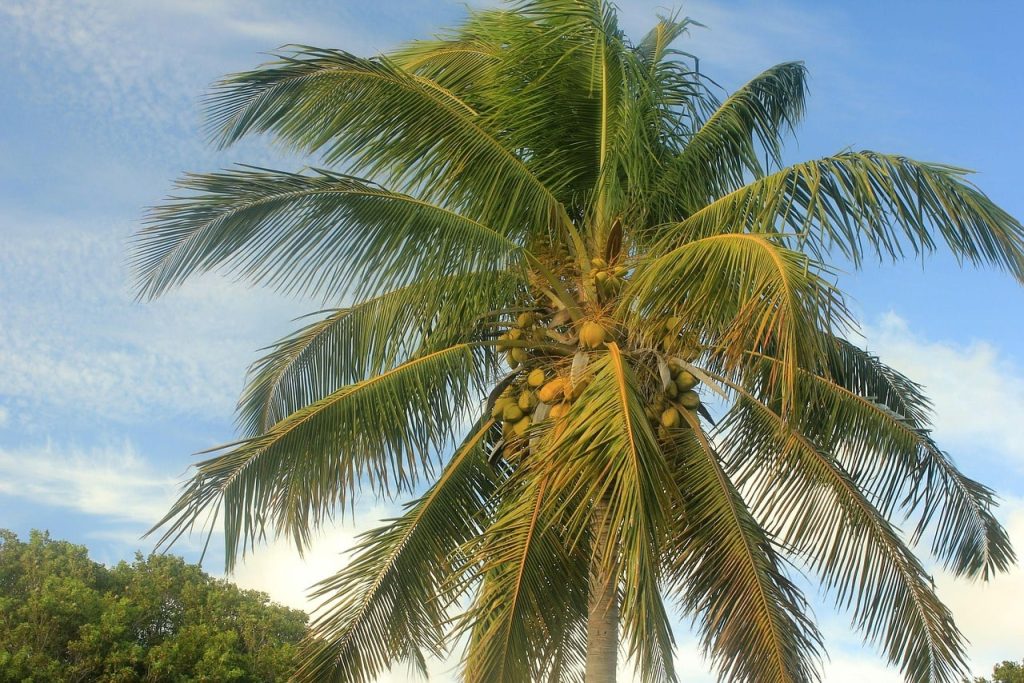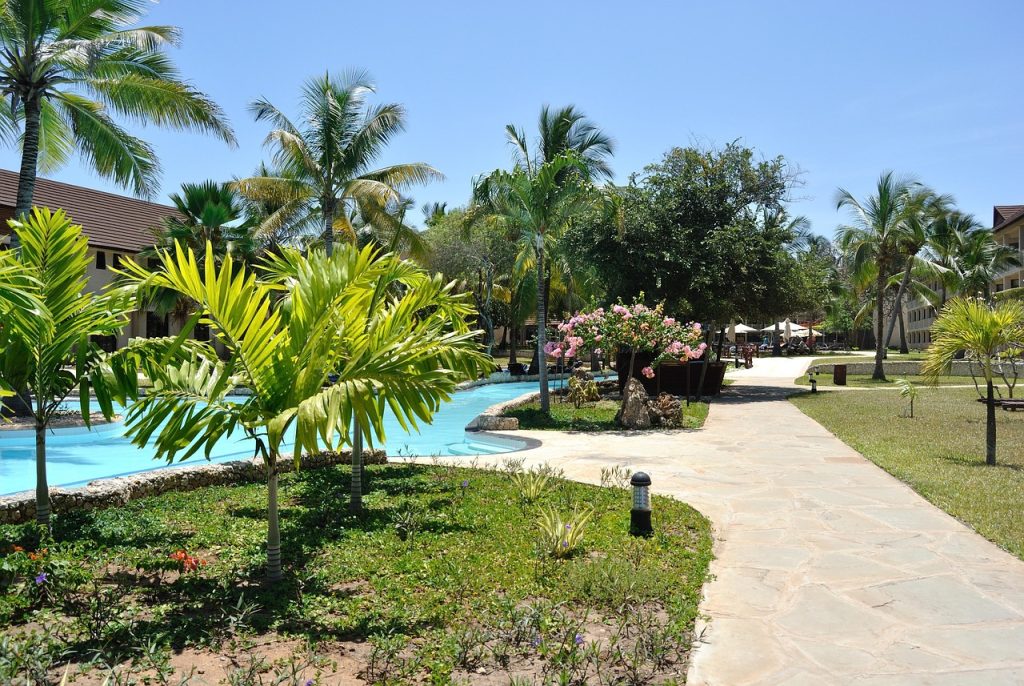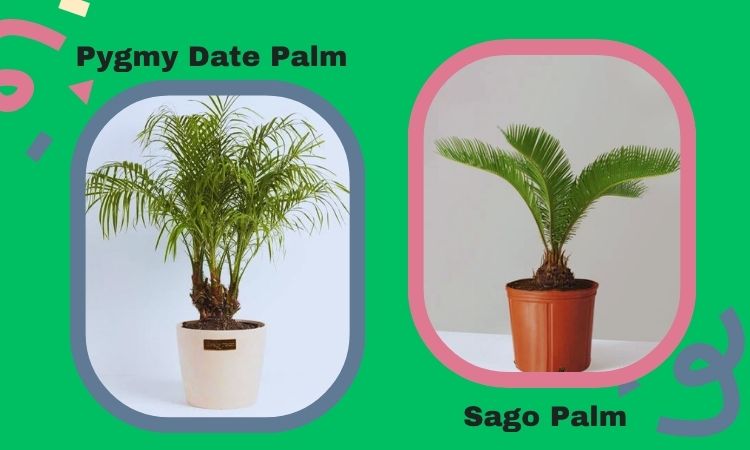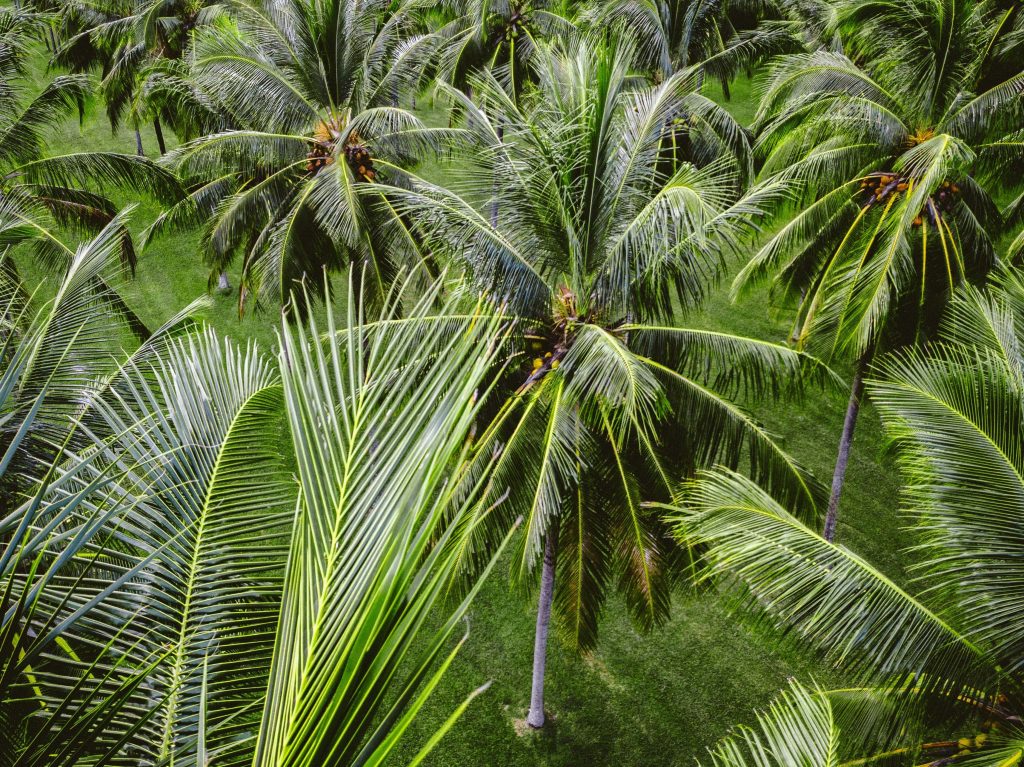Close your eyes and picture a tropical escape, swaying palm fronds, warm breezes, and that instant vacation vibe. Types of palm plants bring that island magic right to your home or garden, turning any space into a lush paradise. From towering coconut palms to tiny parlor palms, these plants offer a range of shapes, sizes, and styles for every plant lover. Let’s embark on a sunny journey through the most popular types of palm plants, exploring their unique looks and where they shine best, so you can pick the perfect one to create your own tropical oasis.

Why Palm Plants Are a Must-Have
Palm plants, with their feathery fronds and sturdy trunks, are like a slice of the tropics you can grow anywhere. They’re part of the Arecaceae family, with over 2,500 species, and they’ve been trending big time, as noted in a 2025 Tropical Plant Journal report. Whether you want a bold outdoor statement or a cozy indoor accent, types of palm plants offer something for everyone. Let’s dive into this tropical tour, grouping them by their vibe, majestic giants, indoor gems, feathery beauties, and compact charmers, to help you find your dream palm.
Your Tropical Tour of Palm Types
Think of this as a guided trip through a palm-filled paradise. Each type of palm plant has its own personality, from sky-high giants to petite tabletop stars. Here’s a look at the best types of palm plants, sorted by their style and best spots.
Majestic Giants: Towering Outdoor Palms
These palms are the kings of the landscape, perfect for big yards or tropical gardens.
- Coconut Palm (Cocos nucifera)
The coconut palm is the ultimate beach icon, with a tall, slender trunk and sprawling, feather-like fronds. It grows 50–100 feet tall, producing coconuts after 6–10 years. Its green, arching leaves sway in the breeze, screaming tropical getaway.- Why it’s awesome: Brings island vibes with edible coconuts.
- Best spot: Large, sunny yards in warm climates (USDA zones 10–11).
- Fun fact: Coconuts are technically fruits, and the palm’s wood is used for crafts.
- Royal Palm (Roystonea regia)
Royal palms are pure elegance, with smooth, gray trunks and lush, green fronds that can reach 80 feet tall. Their crownshaft—a bright green base where fronds meet—adds a regal touch. They’re a favorite in tropical cities.- Why it’s awesome: Stately and grand, perfect for dramatic landscapes.
- Best spot: Spacious gardens or avenues in frost-free zones (9b–11).
- Fun fact: Their tall trunks are often used as natural streetlights in tropical regions.
Indoor Gems: Palms for Your Home
These types of palm plants thrive indoors, adding a tropical touch to your living space.
- Parlor Palm (Chamaedorea elegans)
The parlor palm is a petite, shade-loving star, growing 2–6 feet tall with soft, dark green fronds. It’s perfect for low-light corners and has a delicate, feathery look that screams cozy vibes.- Why it’s awesome: Super easy for beginners and thrives in low light.
- Best spot: Indoor corners, offices, or shaded patios (zones 10–12).
- Fun fact: It was a Victorian-era favorite, hence the name “parlor.”
- Areca Palm (Dypsis lutescens)
Areca palms, or butterfly palms, have wispy, arching fronds and slender, bamboo-like stems. They grow 6–8 feet indoors, with a lush, full look that purifies air. Their golden stems add a sunny glow.- Why it’s awesome: Air-cleaning and lush, great for bright rooms.
- Best spot: Near east- or west-facing windows (zones 10–11).
- Fun fact: Its clustering stems make it look like a mini palm forest.

Feathery Beauties: Palms with Lush Fronds
These palms have soft, flowing fronds that create a dreamy, tropical feel.
- Date Palm (Phoenix dactylifera)
Date palms are iconic for their edible dates and fan-like, silvery-green fronds. They grow 50–80 feet tall outdoors but can be kept smaller in pots. Their textured trunks add rugged charm.- Why it’s awesome: Offers tasty fruit and stunning fronds.
- Best spot: Sunny gardens or large containers (zones 9–11).
- Fun fact: These palms have been grown for thousands of years for their sweet dates.
- Fan Palm (Washingtonia robusta)
Fan palms, like the Mexican fan palm, have wide, fan-shaped leaves that spread like an umbrella. They grow fast, reaching 60–100 feet outdoors, with a slender trunk and a crown of green fronds.- Why it’s awesome: Fast-growing with a classic palm look.
- Best spot: Large yards or poolside areas in warm climates (zones 8–11).
- Fun fact: Their dried fronds are often used for thatched roofs.
Compact Charmers: Small but Mighty Palms
These types of palm plants are perfect for small spaces, packing tropical flair into a tiny package.
- Pygmy Date Palm (Phoenix roebelenii)
The pygmy date palm is a mini marvel, growing 6–10 feet with soft, feathery fronds and a slender trunk. It’s ideal for small spaces and adds a delicate, tropical touch indoors or out.- Why it’s awesome: Small size with big tropical vibes.
- Best spot: Patios, small gardens, or indoor pots (zones 10–11).
- Fun fact: Its tiny dates are edible but less sweet than full-sized date palms.
- Sago Palm (Cycas revoluta)
Though not a true palm, the sago palm mimics one with its stiff, glossy fronds in a rosette shape. It grows slowly, reaching 2–10 feet, and has a rugged, prehistoric look.- Why it’s awesome: Unique, ancient vibe for small spaces.
- Best spot: Indoor pots or shaded outdoor areas (zones 9–10).
- Fun fact: It’s not a palm but a cycad, dating back to dinosaur times!
| Palm Group | Look and Feel | Top Picks | Perfect Spot |
|---|---|---|---|
| Majestic Giants | Tall, dramatic | Coconut Palm, Royal Palm | Large sunny yards |
| Indoor Gems | Lush, cozy | Parlor Palm, Areca Palm | Indoor corners, offices |
| Feathery Beauties | Flowing fronds | Date Palm, Fan Palm | Gardens, poolside |
| Compact Charmers | Small, tropical | Pygmy Date Palm, Sago Palm | Small patios, indoor pots |

Choosing Your Perfect Palm
Picking the right types of palm plants depends on your space and vibe:
- Tiny apartments: Parlor or pygmy date palms are small and happy indoors.
- Big backyards: Coconut or royal palms bring bold, tropical drama.
- Low-light spots: Parlor palms thrive in shade, perfect for cozy corners.
- Sunny patios: Fan or date palms love bright, open spaces.
- Tip: Mix a tall palm with a compact one for a layered, jungle-like look.
Growing More Palms
Some types of palm plants are tricky to propagate, but others are easier, letting you expand your collection.
- Offsets: Parlor or areca palms sometimes produce baby plants at the base. Gently separate and plant in well-draining soil.
- Seeds: Date or coconut palms can grow from seeds, but it takes patience (6–12 months to sprout). Soak seeds for 24 hours before planting.
- Tip: Keep new plants in bright, indirect light and water sparingly until they settle in.

Avoiding Common Palm Problems
While specific needs vary, these issues can affect many types of palm plants:
- Overwatering: Causes yellowing fronds in parlor or areca palms. Let soil dry out between waterings.
- Low light: Makes fronds sparse in sago or pygmy date palms. Move to brighter spots.
- Pests: Spider mites or scale can hit indoor palms. Wipe fronds with neem oil every 5–7 days.
- Tip: Check fronds weekly and use pots with drainage to keep palms healthy.
Read More: Types of Succulent Plants
Creating a Tropical Palm Paradise
Make your types of palm plants shine with these display ideas:
- Mix sizes: Pair a tall royal palm with a pygmy date palm for a lush, layered look.
- Add texture: Combine feathery areca palms with fan-shaped fan palms.
- Use pots: Place parlor or sago palms in colorful ceramic pots for indoor flair.
- Tip: Add pebbles or mulch around outdoor palms to mimic a tropical forest floor.
FAQs About Types of Palm Plants
Parlor palms and pygmy date palms are easy, low-fuss, and great for indoor or small spaces.
Parlor, areca, and pygmy date palms do well indoors, while coconut or royal palms need big outdoor spaces.
Fan palms and royal palms grow quickly in warm, sunny conditions, while sago palms are slow growers.
Coconut palms and date palms produce edible coconuts and dates, respectively, in the right conditions.
Use offsets from parlor or areca palms or plant seeds from date or coconut palms, keeping soil moist but not soggy.
Wrapping Up Your Palm Journey
Exploring types of palm plants is like taking a mini-vacation to a tropical island. From the towering coconut palm to the tiny parlor palm, each brings its own slice of paradise. Whether you want a majestic royal palm for your yard or a cozy areca palm for your living room, there’s a palm for every space and style. Mix and match these types of palm plants to create a lush, tropical oasis that makes every day feel like a getaway.